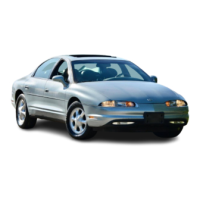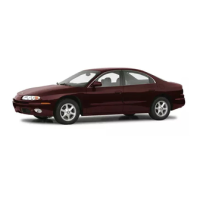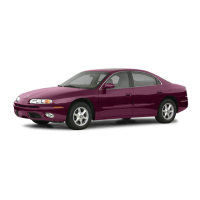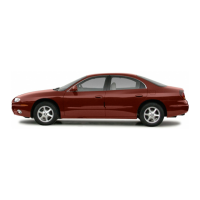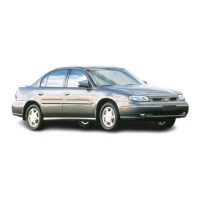AUTOMATIC
OVERDRIVE
(0):
This position
is
for normal driving. If you need more power for passing,
and you’re:
Going less than approximately
35
mph
(55
km/h),
push your accelerator pedal about halfway down.
Going about
35
mph
(55
kmh)
or more, push the
accelerator all the way down.
You’ll shift down to the next gear and have more power.
THIRD
(3):
This position is also used for normal
driving, however, it
offers
more power and lower fuel
economy than AUTOMATIC OVERDRIVE
(0).
Here
are some times you might choose THIRD
(3)
instead
of AUTOMATIC OVERDRIVE
(@):
When driving on hilly, winding roads,
When towing a trailer,
so
there is less shifting
When going down a steep hill.
SECOND
(2):
This position gives you more power
but lower fuel economy than AUTOMATIC
OVERDRIVE
(a)
or THIRD
(3).
You can use
SECOND
(2)
on hills. It can help control your speed
as you go down steep mountain roads, but then you
would also want to use your brakes off and on.
between gears, or
FIRST
(1):
This position gives you even more power
but lower fuel economy than SECOND
(2).
You can
use it on very steep hills, or in deep snow or mud.
If
the selector lever is put in FIRST
(l),
the transaxle
won’t shift into FIRST
(1)
until the vehicle
is
going
slowly enough.
NOTICE:
If
your front wheels can’t rotate, don’t
try
to
drive. This might happen if you were stuck in
very deep sand or mud or were up against
a
solid object. You could damage your transaxle.
Also,
if you stop when going uphill, don’t
hold
your vehicle there with only the accelerator
pedal. This could overheat and damage the
transaxle. Use your brakes or shift into
PARK
(P)
to hold your vehicle in position on a hill.
2-26
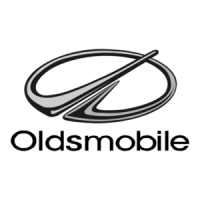
